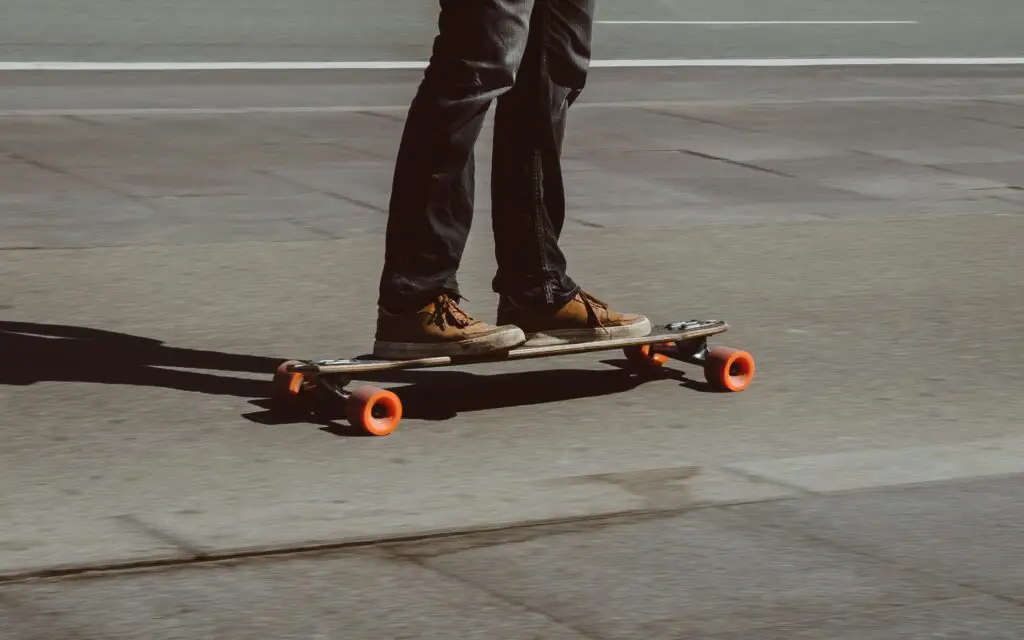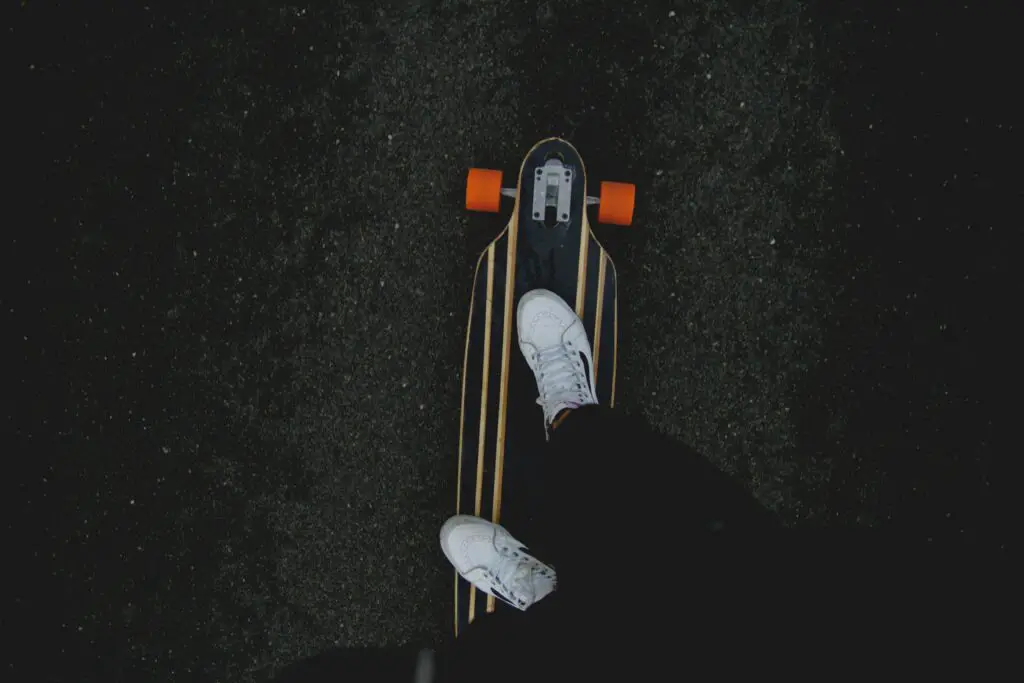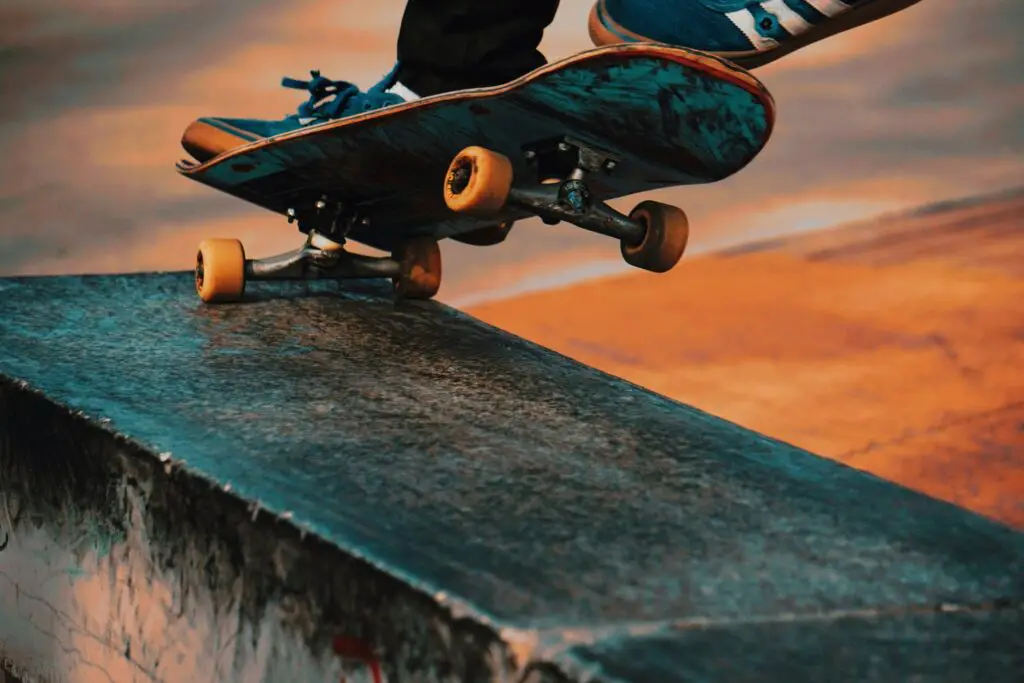Related Posts
Skateboarding has a long history in the cultural fabric of America. From kids wanting to take up an adrenaline-filled hobby to people who want a sleek form of quick transportation, it is hard to walk through a city without seeing a skateboard. The speed and agility of skateboards can also come with confusion and danger. With more and more people using skateboards in public spaces, the chances of a skateboarding accident continue to rise. Today, we will look at who’s liable in a skateboarding accident and some important laws of skateboarding.
Viral Skateboarding Accident
This viral clip shows just what can happen as more skateboarders take to the streets in busy cities. In the video, a skateboarder is filming their trip through a packed city bustling with cars, pedestrians, and skyscrapers. All seems well until the skateboarder rolls toward an empty crosswalk.
Almost out of nowhere, a woman begins walking across the crosswalk, heading straight in the path of the skateboarder. She begins to slowly jog, likely in an attempt to get past before the skateboarder crosses the intersection. The video concludes by showing the skateboarder crashing into the woman and falling to the ground.
So, is the skateboarder liable in this instance?
An Attorney’s Opinion
To help weigh in on this complicated situation, TikTok attorney Ugo Lord has offered his professional opinion. In his words, cars, motorcycles, and other mobility devices (yes, even skateboards) have to yield the right of way to pedestrians on the street. This is even true if a pedestrian is crossing a crosswalk without the proper signal.
Taking these laws in context with the video, the situation can become especially confusing. The woman was walking without a proper signal and the skateboarder had a duty to yield to the pedestrian. With that said, it is also clear that the skateboarder had no physical ability to stop and that the woman deliberately stepped in the way of the motorcycle as she attempted to cross.
The woman would take liability in the video, as she knowingly ran in the way of the skateboarder.
Who’s Liable in a Skateboarding Accident?

Skateboarding accidents fall under negligence law. To have a successful suit against someone who caused an accident on a skateboard, you must prove that there was negligence at play. For most definitions, negligence has four elements that are required: duty, breach, causation, and damages.
- Duty: a duty is a service or care that is reasonably expected from someone. For instance, when riding in a car or on a skateboard, one must yield and prevent any collisions that could occur.
- Breach: In negligence cases, someone has to break their duty. Breaking can take the form of someone failing to act or someone acting negligently. For instance, failure to yield to pedestrians is a breach of a driver’s duty.
- Causation: On top of simply failing to provide a duty of care, negligence cases require proof that the breach of duty caused some form of damage. In a skateboarding accident, scrapes or other injuries caused by the impact could be reasonable causation for damages.
- Damages: Damages are the final piece that makes a negligence case. For someone to rightfully sue, they must have some form of physical, emotional, or fiscal damage that is linked to the duty, breach of care, and causation.
Some states consider negligence occurring in both parties of a situation, meaning that both pedestrians and skateboarders can take liability. To understand the laws in your jurisdiction, it is best to consult a local lawyer for professional insight.
The Laws of Skateboarding

As with most laws, the laws of skateboarding can differ greatly from state to state. As a generalization, most cities and states have laws that ban or limit the use of skateboards in public spaces. Most jurisdictions only allow skateboarders in public spaces on bicycle lanes or some sidewalks.
Furthermore, other jurisdictions impose even more restrictions depending on the environment around the skateboarder. For example, in Washington state, skateboarders are required to only use human power and must yield to all pedestrians and vehicles if they are in crowded public spaces. This is even true if they are legally riding in bicycle lanes.
The presence of laws that bar skateboards from public spaces has caused many skateboarders to ride in private spaces such as parking lots and businesses. This can cause even more confusion as incidents occurring with skateboarders on private land can trigger premises liability, which can put liability on the private business owners. As you can probably guess, this has also caused many private owners to impose their own rules for skateboarding.
The laws of skateboarding don’t just cover riders. Some laws of skateboarding cover pedestrian activity as well. According to Washington state law RCW 46.61.235, “No pedestrian, bicycle, or personal delivery device shall suddenly leave a curb or other place of safety and walk, run, or otherwise move into the path of a vehicle which is so close that the driver can’t stop.”
In the end, the laws of skateboarding can differ by location and situation, which makes most skateboarding accidents incredibly hard to pick apart legally. For most, it requires a detailed understanding of who contributed to the accident and what the conditions were surrounding the accident.

